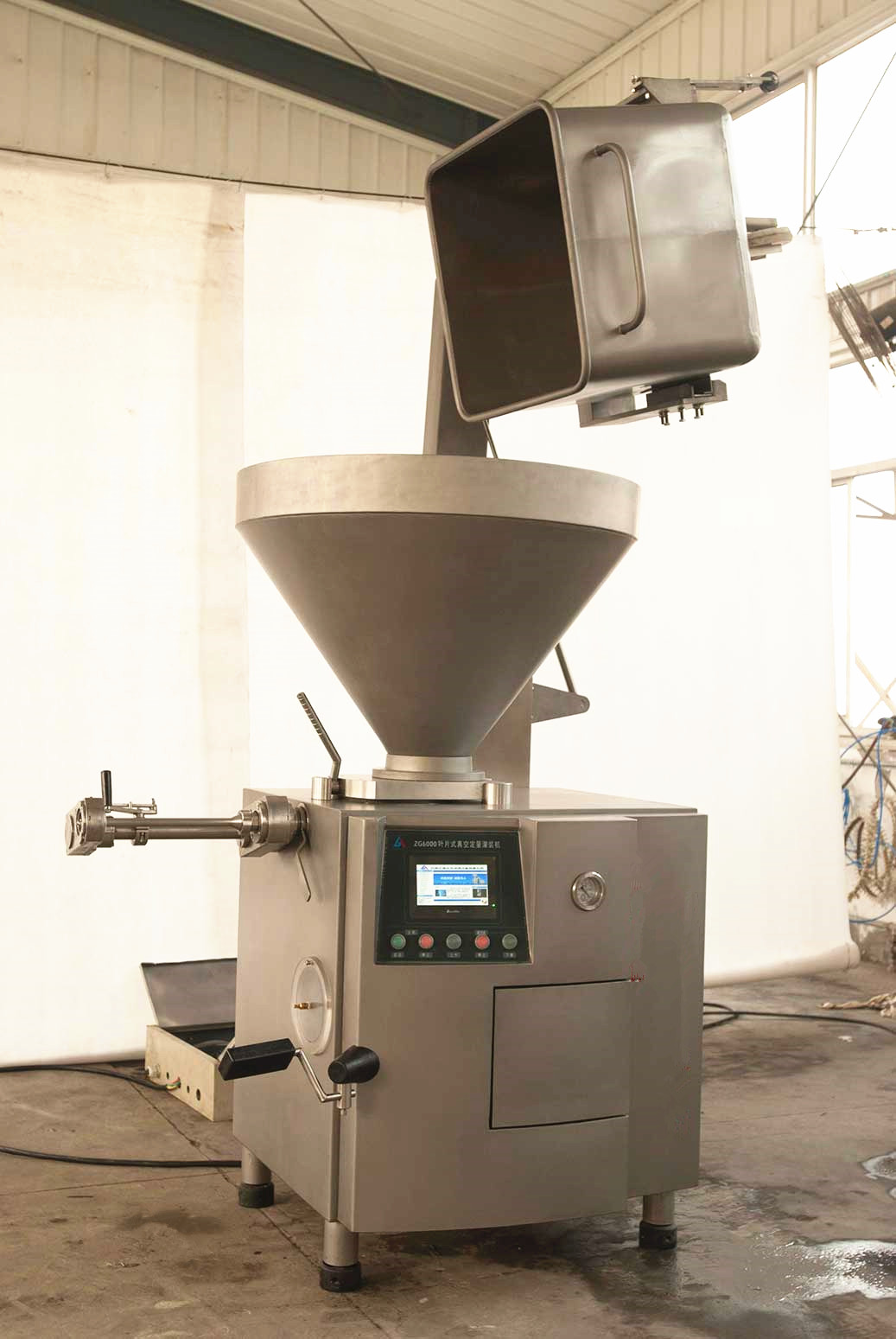
Aug . 15, 2024 00:49 Back to list
Innovative Burger Patty Making Machines for Efficient and High-Quality Production in Food Industry
The Rise of Burger Patty Making Machines A Culinary Revolution
In recent years, the food manufacturing industry has witnessed a significant shift toward automation and mechanization. Among the myriad innovations, the burger patty making machine stands out as a groundbreaking development that transforms how restaurants and fast-food chains produce one of the most beloved food items globally the hamburger. The increasing demand for consistent quality and efficiency in food production has driven the popularity of these machines, and an exploration of their benefits, features, and market implications reveals their substantial impact on the culinary landscape.
Improving Efficiency and Consistency
The primary allure of burger patty making machines lies in their ability to enhance efficiency and ensure consistency in product quality. In high-volume settings, such as fast-food restaurants or catering services, maintaining uniformity in patty size and weight can be a daunting task. Manual labor often leads to variations, which can affect customer satisfaction. However, with burger patty making machines, each patty is formed to exact specifications, ensuring that every burger served is identical. This consistency not only delights customers but also aids in inventory management and cost control for businesses.
Versatility in Production
Modern burger patty making machines are engineered for versatility. They can be programmed to produce patties from various types of meat, including beef, chicken, turkey, and even plant-based alternatives. This adaptability is crucial as consumer preferences continue to evolve, with a growing shift towards healthier and more sustainable options. As a result, restaurants can diversify their menus without investing in multiple specialized machines. Some machines also offer features to create patties with different thicknesses, allowing establishments to cater to specific customer preferences or menu requirements.
burger patty making machine quotes

Labor Costs and Resource Efficiency
The integration of burger patty making machines also significantly impacts labor costs. By automating the patty-making process, restaurants can reduce the number of staff required in the kitchen, allowing employees to focus on other essential tasks, such as customer service, quality control, and food preparation. This shift not only streamlines operations but can also lead to cost savings in the long run. Additionally, many machines are designed to minimize waste, with precise portion control that ensures minimal excess meat is discarded during production. In an industry that is increasingly scrutinizing its resource use, these aspects are vital to businesses aiming for sustainability.
Market Trends and Future Prospects
As the demand for burger patties remains robust, the market for burger patty making machines has experienced a surge. The global fast-food market is expected to continue growing, further fuelling the need for efficient production solutions. Manufacturers of these machines are investing in research and development to introduce smarter technologies, such as IoT connectivity, which allows for real-time monitoring and adjustments to production processes. This innovation not only enhances efficiency but also provides valuable data insights that can help businesses optimize operations.
Conclusion
In conclusion, burger patty making machines represent a significant advancement in the food production industry. By improving efficiency, ensuring product consistency, and reducing labor costs, these machines have revolutionized how restaurants operate. As consumer preferences evolve and the industry leans towards sustainability, the versatility of these machines promises to remain relevant. The future of burger production is bright, and as automation continues to redefine culinary processes, burger patty making machines will undoubtedly play a pivotal role in shaping the gastronomic experience for generations to come. Whether it’s a gourmet kitchen crafting artisanal burgers or a fast-food chain meeting the demands of a bustling lunchtime crowd, these machines are set to be at the forefront of the culinary revolution.